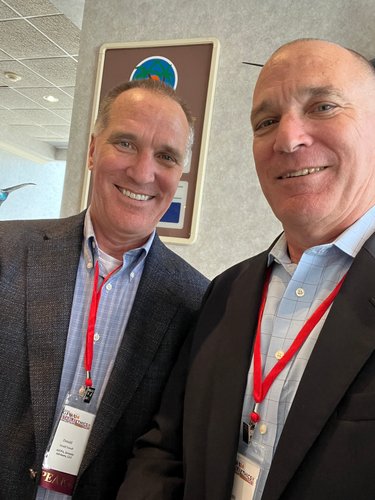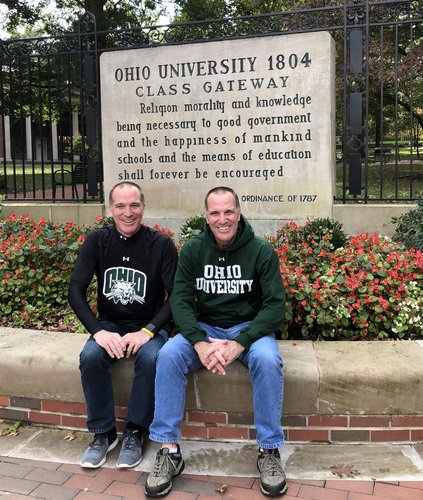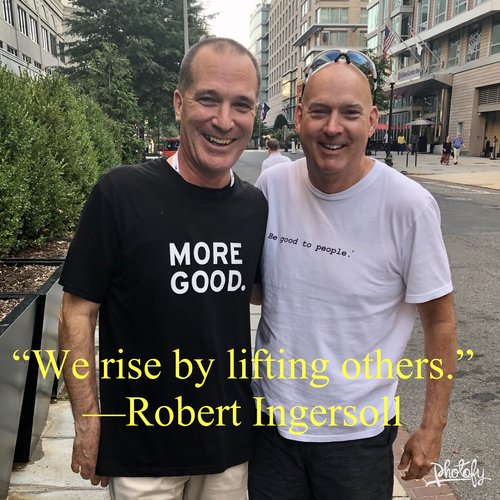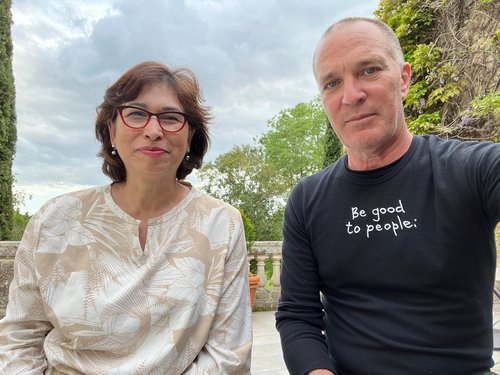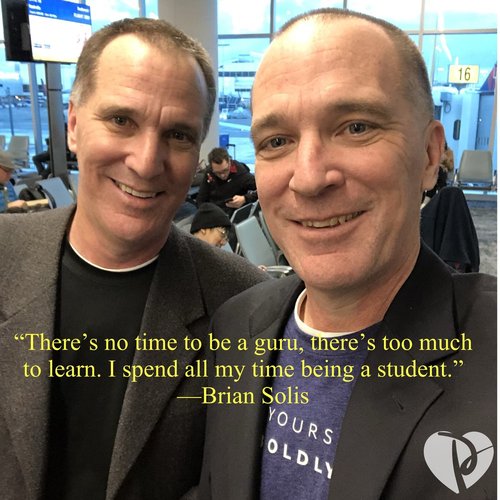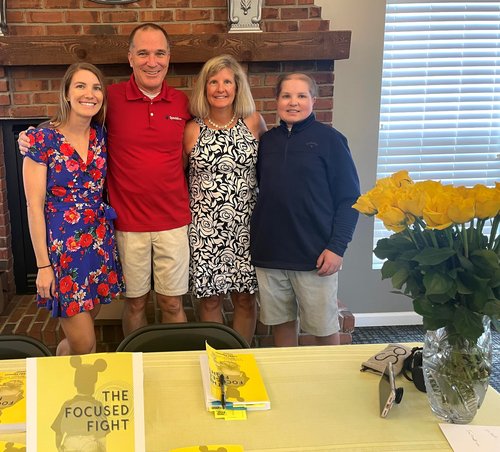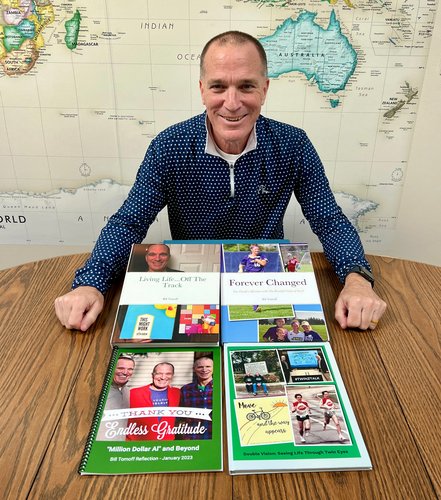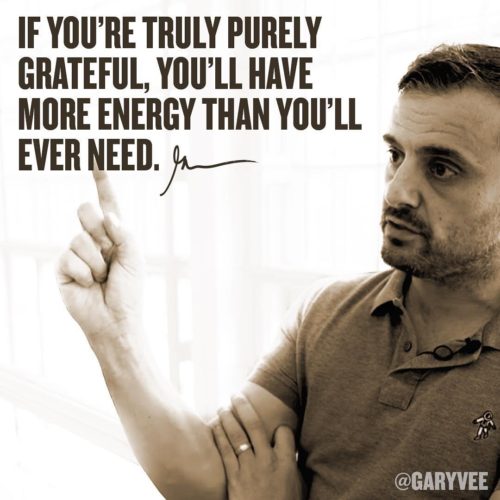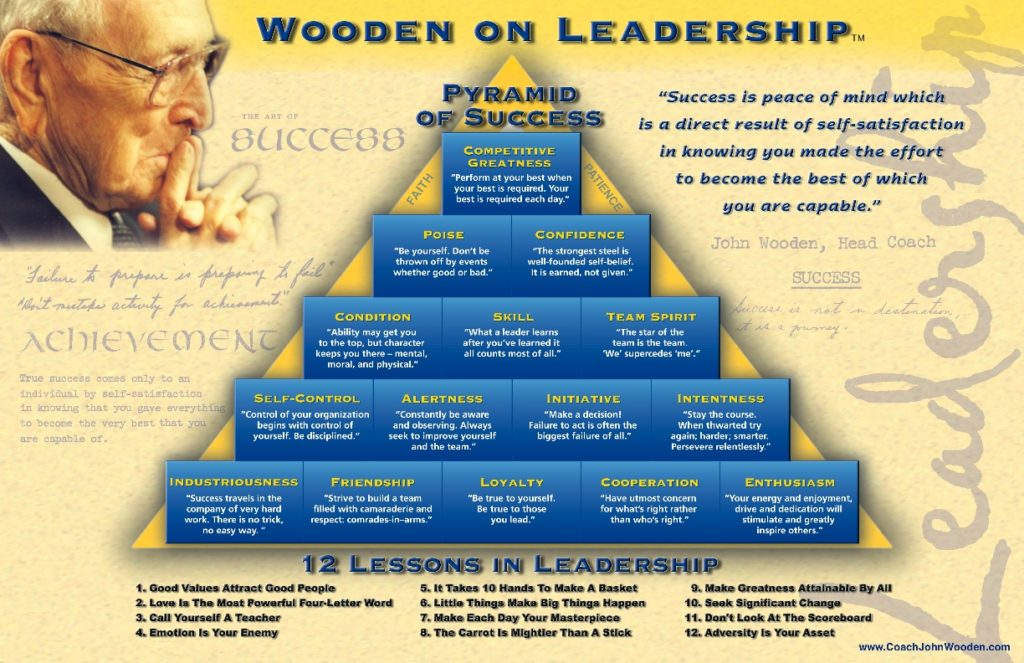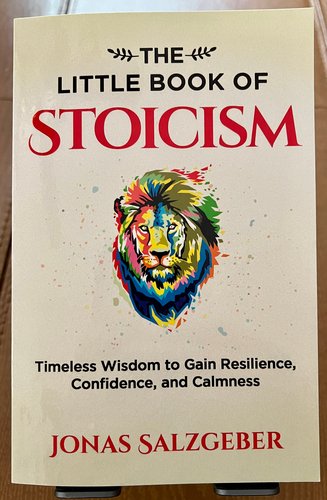Let’s empower ourselves by recognizing the critical importance of our choices with the time we are blessed with. In my blog post, Time Wealth: Prioritizing Mental Bandwidth in the Knowledge Economy, I discussed my time crisis and the resulting awareness that my choices of priorities were essential to surviving my son Ryan’s battles with childhood cancer and beyond.
Shortly after, a Daily Stoic email resonated deeply with the core of my message. The post, titled ‘Do You Dominate the Battlespace?‘ by Ryan Holiday, echoes the importance of our mental battlespace. He urges us to take control. He explains:
“All of these things are vying for what military strategists today would call “the battlespace.” Our mind is a contested bit of territory, with many people seeking to control what we call “the empire between your ears” – Why? Because your brain, your attention, is valuable. People want you to think about certain things and not think about certain things–because it’s good for business, because it makes you easier to control.”
“So you must dominate this battlespace. It is you who must assert yourself over yourself.”
“We too must grab the reins of our mind, set up boundaries against distraction, push away intrusive thoughts, tune out nonsense and noise. That’s what Stoicism is, as we wrote recently, it’s the gladiator stepping out into the arena of the mind, dominating the battlespace, controlling their own mind…because the alternative–letting the enemy dominate, letting your mind be controlled by someone or something else–is just unthinkable.”
This passage sums up well that our mind is under our control. Yet, too often, we give away our time by allowing our minds to be engaged in meaningless or dangerous activities. This is why we must be aware and establish boundaries to protect our mental well-being.
In addition to maintaining healthy boundaries around where we are willing to apply our precious time and minds, we must strive to continually learn and grow in ways that permit us to maximize the use of our time and mental bandwidth.
I have discovered several posts that resonate with the importance of managing our minds and being judicious about where we prioritize our time. Rajesh Setty is a favorite follow on my LinkedIn. This post, “One Approach to Cultivate a Beautiful Mind Garden,” was inspiring and thought-provoking. I encourage you to follow Rajesh and read his entire post, but consider this insight he shared:
“A beautiful garden has good plants and trees that bear fruits and flowers. It also lacks weeds that grow easily on their own. Removing weeds takes effort. If you don’t maintain the garden, weeds will grow, requiring more time to remove them. This means less time for nurturing the beautiful parts of the garden.
The same goes for the mind. Information doesn’t come with nutrition labels. When information enters your mind through news, ideas, conversations, projects, and work, there’s usually no filter. Your mind will use it’s previous capacity to process this unfiltered information even to determine the nature (good, bad, relevant, irrelevant etc.) of it. In the world where both people and machines are creating content at breathtaking speed, you can easily get carried away in one or the other content rabbit holes.
To make a beautiful garden of the mind, use the power of curation. In my life, I prioritize curation highly. I don’t watch news or read newspapers unless someone points out something relevant to the projects I am involved and something that’s within my sphere of influence. Occasionally, I let my mind wander by design to ensure that there is room for some surprise and serendipity.”
In addition to remaining aware and informed of our choices to prioritize our mind share, we should filter what we dedicate our time and energies to as best as possible. Here are a few steps to quickly help in assessing choices:
- Do I need to be involved? Eliminating unnecessary involvement of your energy is the number one time hack.
- If I need to be involved, how can I maximize my impact with the least mental energy and time commitment?
- Will my involvement allow me to grow and help others in the future? Note that having opinions, being judgemental, and expending energy toward gossip and mainstream news are time sucks, taking away from making a meaningful contribution to ourselves and others.
- Once I dedicate my time, am I prepared to make the best use of it, or am I doing something I love, like spending time with family and hobbies? Think of the Pareto Principle, also known as the 80/20 rule.
A few additional resources that have resonated with me:
A Learning a Day blog shared two concepts that are worth understanding. For many decisions, we must be aware of the time we commit and contemplate, “What is the minimum viable information I need to get moving and get comfortable with a decision?“
Directional Answers and Precise Answers
“I use a simple rule of thumb for the difference between attempting to convert a directional answer into a precise answer—10x+ time investment.”
In our lives and with our #TwinzTalk initiative, Don and I have given ourselves a disproportionate advantage by seeking directional answers to get us moving forward. Technology testing and adoption have always started with a vision of the potential rather than a precise answer to the ultimate benefit. Seeking directional insight vs. [often unattainable] precision, we can reach more learning opportunities and possibilities to leverage technology.
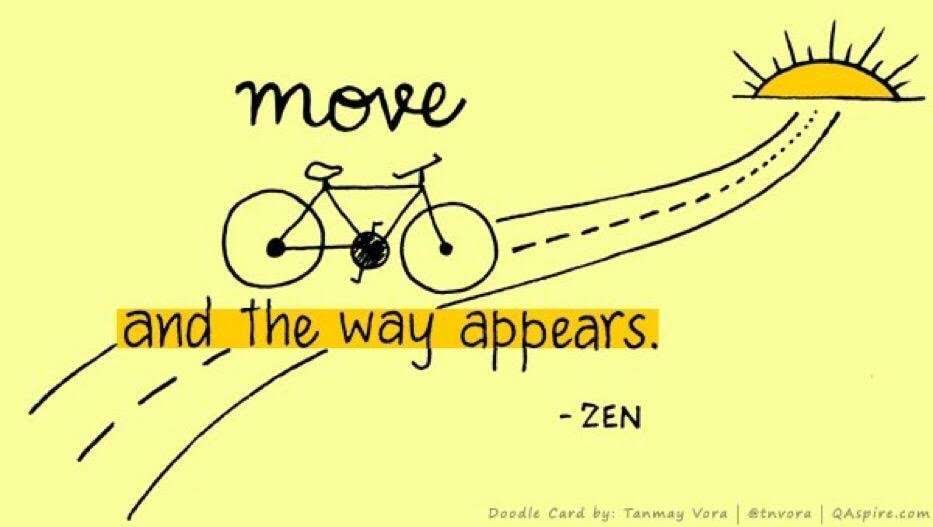
“Barry Schwartz’s research showed that people tend to fall into one of two groups when making decisions – he called these groups satisficers and maximizers. Maximizers desire the best possible result, while satisficers desire a result that is good enough to meet some criterion. That doesn’t necessarily mean satisficers settle for crap. Their criteria could be lofty – but, as long as it meets that criteria, they don’t care about it being the best.
Barry Schwartz argues that satisficers tend to be happier than maximizers as maximizers spend a lot of time and energy on many decisions that just don’t matter as much.”
Don and I both share the satisficer tendency. We have saved ourselves time and energy, while also being content with our decisions. Talk about a win-win!
Maximizing everything is time-consuming. The number of choices available to us is overwhelming. Settling on “good enough” is a gift we can give ourselves. If you have yet to see Barry Schwartz’s TED Talk, The Paradox of Choice, prioritize time to watch it. I guarantee a few laughs and several “aha” moments.
In today’s world, where information is everywhere and everything moves fast, managing what we think about and focus on is important. By understanding how valuable our time and attention are, setting clear limits on what we let in, and being careful about what we think, we can live a more focused life, get more done, and feel more satisfied. The secret is making smart choices on purpose. Our most valuable thing isn’t money or material possessions – it’s our limited time and brain power. If we focus on what’s really important and let go of the rest, we can build “time-wealth.” This means we have time to grow, do good things for the world, and live happier lives. We all have the power to control what goes on in our minds – so let’s make wise choices.



